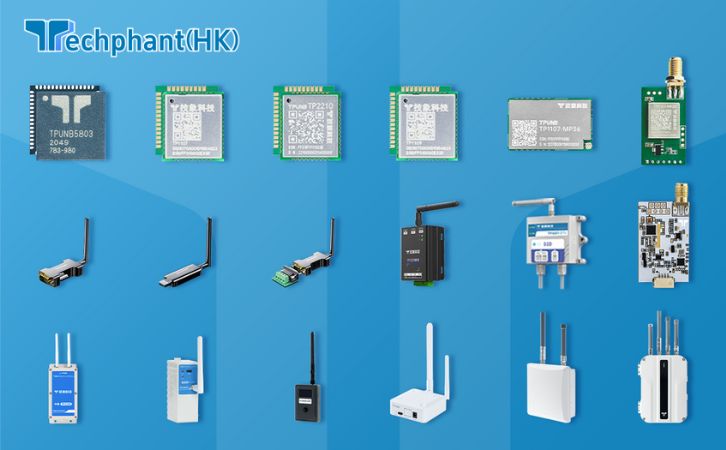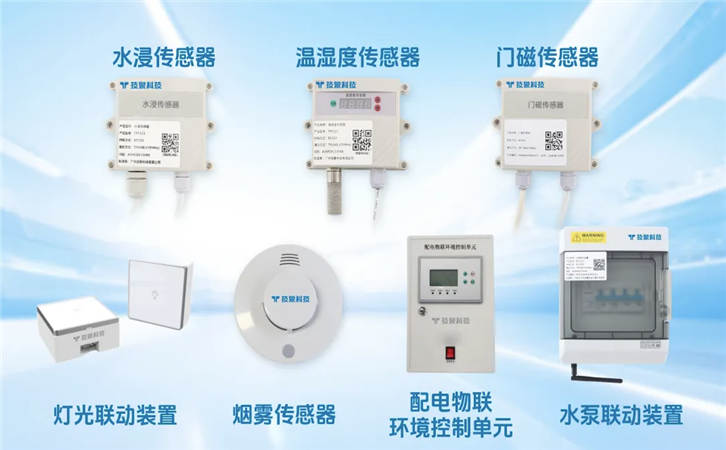Sub-GHz wireless systems, operating in frequency bands below 1 GHz (e.g., 433 MHz, 868 MHz, and 915 MHz), have become a cornerstone of Internet of Things (IoT) and other low-power, long-range communication applications. These systems are favored for their ability to deliver reliable connectivity in challenging environments, making them ideal for smart cities, industrial automation, agriculture, and more. However, like any technology, Sub-GHz systems have inherent limitations that must be considered alongside their benefits. This article explores the advantages and limitations of Sub-GHz systems, providing a detailed analysis under four key aspects to offer a comprehensive understanding of their role in modern connectivity.
I. Long-Range Communication and Penetration
One of the most significant advantages of Sub-GHz systems is their ability to achieve long-range communication, often extending up to 10-20 kilometers in open environments and several kilometers in urban settings. This is due to the lower frequency of Sub-GHz signals, which experience less attenuation compared to higher-frequency bands like 2.4 GHz or 5 GHz. The longer wavelengths of Sub-GHz signals enable them to propagate further and penetrate obstacles such as walls, buildings, and foliage more effectively. This makes Sub-GHz ideal for applications like smart metering, where utility meters in basements or rural areas need to communicate with distant gateways.
Protocols like LoRaWAN and Sigfox, which operate in Sub-GHz bands, leverage advanced modulation techniques, such as Chirp Spread Spectrum (CSS), to enhance range and reliability. For example, in smart agriculture, Sub-GHz sensors can transmit soil moisture data across vast fields without requiring dense networks of repeaters or gateways. Additionally, Sub-GHz’s deep penetration capabilities ensure connectivity in non-line-of-sight scenarios, such as industrial warehouses with metal structures or dense urban environments. This robustness reduces the need for additional infrastructure, lowering deployment and maintenance costs for large-scale IoT networks.
II. Low Power Consumption and Battery Efficiency
Sub-GHz systems are renowned for their low power consumption, a critical advantage for battery-powered IoT devices that must operate for years without maintenance. The low data rates typical of Sub-GHz protocols (e.g., a few hundred bits per second to a few kilobits per second) minimize the energy required for transmission. Furthermore, Sub-GHz technologies often employ duty-cycling techniques, where devices remain in a low-power sleep mode for most of the time, waking only to transmit small data packets. This enables devices to achieve battery lifespans of 10-15 years, depending on transmission frequency and payload size.
For instance, in environmental monitoring, Sub-GHz sensors measuring air quality or temperature can operate on small coin-cell batteries, transmitting data periodically to a central hub. Protocols like LoRaWAN optimize power usage by using adaptive data rates, allowing devices further from the gateway to transmit at lower rates, conserving energy while maintaining connectivity. This efficiency is particularly valuable in remote or inaccessible locations, such as pipelines in oil and gas fields or sensors in rural agricultural settings, where frequent battery replacement is impractical. The low power profile of Sub-GHz systems thus enhances the scalability and sustainability of IoT deployments.
III. Limited Data Rates and Bandwidth Constraints
A primary limitation of Sub-GHz systems is their low data rate, which restricts their use in applications requiring high-bandwidth or real-time data transfer. Sub-GHz protocols are designed for small, infrequent data packets, typically ranging from a few bytes to a few hundred bytes. For example, LoRaWAN’s maximum payload size is 243 bytes, with data rates ranging from 0.3 kbps to 50 kbps, depending on the region and configuration. This makes Sub-GHz unsuitable for applications like video streaming, voice communication, or large file transfers, where higher-frequency technologies like Wi-Fi or 5G excel.
In scenarios such as industrial IoT, where sensors may need to transmit detailed logs or complex telemetry data, the low bandwidth of Sub-GHz can necessitate multiple transmissions or data compression, increasing latency and complexity. Additionally, Sub-GHz bands are often shared unlicensed spectrum, leading to potential interference from other devices operating in the same frequency range. Regulatory restrictions, such as duty cycle limits (e.g., 1% in Europe’s 868 MHz band), further constrain transmission frequency, impacting applications requiring continuous or near-real-time updates. These limitations require careful network design to ensure Sub-GHz systems meet application-specific needs.
IV. Susceptibility to Interference and Regulatory Challenges
While Sub-GHz systems benefit from operating in unlicensed spectrum bands, this also introduces challenges related to interference and regulatory compliance. Unlicensed bands are shared by multiple technologies, including other IoT protocols, remote controls, and industrial equipment, which can cause signal interference and degrade performance. In densely populated areas or industrial settings with heavy wireless activity, Sub-GHz networks may experience packet loss or reduced reliability, necessitating robust error-correction mechanisms or frequency-hopping techniques.
Regulatory constraints further complicate Sub-GHz deployments. Different regions impose varying rules on Sub-GHz bands, such as maximum transmit power, duty cycle limits, and available frequencies. For example, the 915 MHz band in the United States allows higher transmit power than the 868 MHz band in Europe, but European regulations impose stricter duty cycle restrictions. These variations require manufacturers to design region-specific hardware or firmware, increasing development costs and complexity. Additionally, compliance with standards like ETSI (Europe) or FCC (United States) is mandatory, and non-compliance can result in legal penalties or device bans. Navigating these regulatory landscapes is a significant challenge for global Sub-GHz deployments.
Conclusion
Sub-GHz systems offer compelling advantages for IoT and other low-power, long-range applications, particularly their exceptional range, signal penetration, and battery efficiency. These strengths make them indispensable for smart metering, agriculture, industrial IoT, and smart cities, where reliable connectivity over large areas is critical. However, their limitations, including low data rates, bandwidth constraints, and susceptibility to interference, restrict their suitability for high-bandwidth or real-time applications. Regulatory challenges further complicate global deployments, requiring careful planning and compliance. By understanding these trade-offs, developers and businesses can leverage Sub-GHz systems effectively, balancing their strengths against inherent constraints to build robust, scalable, and efficient IoT ecosystems.


